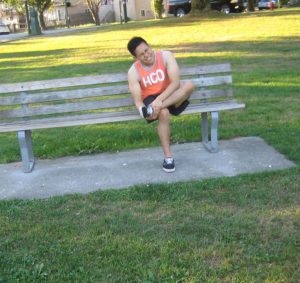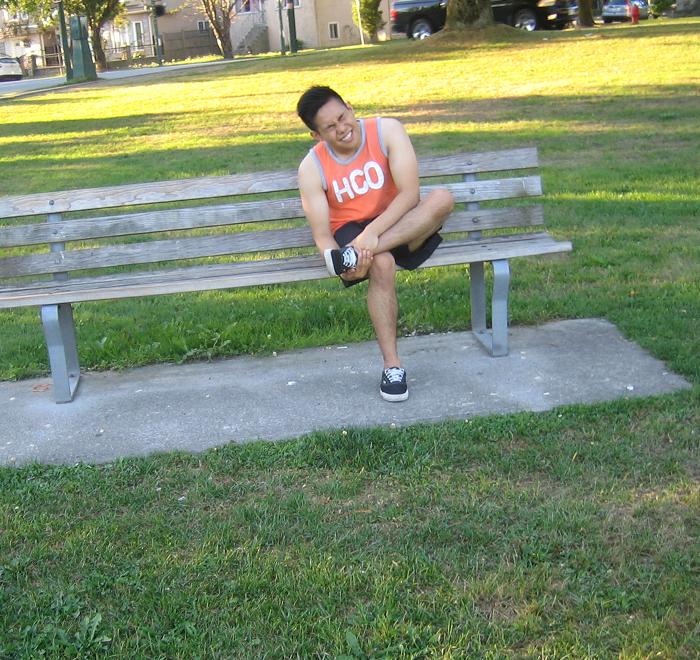A bunion is a bony lump that forms at the bottom joint of the big toe. It is usually caused by wearing tight shoes, injuries and inherited structure of the bone that drives the big toe toward the other toes.
https://www.youtube.com/watch?v=xGtSEK5QMoI
Over time, the big toe is enlarged, becomes painful and causes difficulties in walking and exercising. Women are susceptible to end up with bunions due to wearing tight-fitting shoes especially high-heels and those with constricted toe space.
Causes of bunions

- It might be inherited that result to abnormal function of the foot such as overpronation.
- Abnormal biomechanics can cause the metatarsal phalangeal joint to become unstable along with muscular imbalance.
- Trauma such sprains, fractures and injuries of the nerve
- Neuromuscular disorders such as polio
- One leg is shorter than the other and the longer leg develops bunions and causes the foot to overpronate.
Symptoms
- Pain when walking or wearing shoes and relieved by resting and changing shoes that are wider and comfortable for the feet.
- Pressure from the shoe causes intermittent pain
- Severe bunions can develop arthritis and result to chronic pain.
- Swelling, redness and tenderness of the area when touched
- Postpubertal men and postmenopausal women experiences pain in the big toe due to gout and gouty arthritis that is similar to the pain produced by bunions.
Treatment
- Perform foot exercises to stop the progression of the bunion especially after removing the shoes.
- If the bunions are still in the early stage, wear a bunion pad or shoe insert to realign the toes when wearing shoes.
- Tape into the correct alignment for at least a week or two.
- Soak the feet in a bowl filled with warm water for at least 20 minutes to lessen the pain and relieve the joints.
- Apply an ice pack on the affected area for at least for 20 minutes several times every day. Wrap the pack using a towel or a piece of cloth before application.
- Use the non-steroidal anti-inflammatory drugs (NSAIDs) such as ibuprofen prescribed by the doctor to reduce the pain and inflammation.
- Wear a flexible bunion splint to correct the condition and relieve pain caused by bunion.
FACT CHECK
https://orthoinfo.aaos.org/en/diseases–conditions/bunions/
https://www.mayoclinic.org/diseases-conditions/bunions/symptoms-causes/syc-20354799
https://www.webmd.com/skin-problems-and-treatments/ss/slideshow-about-bunions
